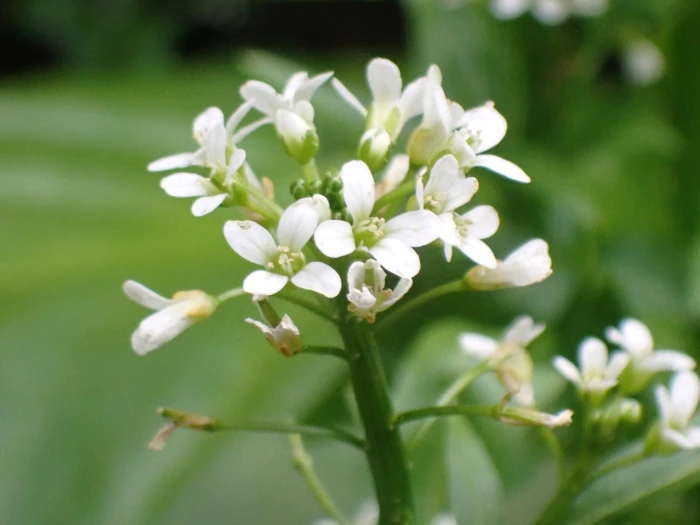Brewer’s Bittercress
(Cardamine breweri)
Brewer’s Bittercress (Cardamine breweri)
/
/

giantcicada
CC BY 4.0
Image By:
giantcicada
Recorded By:
Copyright:
CC BY 4.0
Copyright Notice:
Photo by: giantcicada | License Type: CC BY 4.0 | License URL: http://creativecommons.org/licenses/by/4.0/ | Rights Holder: giantcicada | Publisher: iNaturalist | Date Created: 2022-05-22T11:55:19-07:00 |

























Estimated Native Range
Climate Requirements for Antwerpen, Belgium
| This Plant | Your Site | Plant Suitability for Your Location | ||
|---|---|---|---|---|
| • Precipitation | 4" - 175" | 32" | You should be able to grow this plant with no additional irrigation. | Excellent |
| • High Temp. | 54°F - 104°F | 74°F | Your summer temperatures are normal for this plant. | Excellent |
| • Low Temp. | 1°F - 42°F | 34°F | Your winter temperatures are normal for this plant | Excellent |
This plant should grow very well at your location without additional irrigation.
Summary
Cardamine breweri, commonly known as Brewer’s bittercress, is a perennial herb native to the moist understory of coniferous and mixed forests, as well as to the edges of wetlands and bogs in western North America, from British Columbia to California and east to Colorado. It typically grows up to half a meter in height and features basal rosettes of oval leaves that may be pinnately divided into smaller leaflets. The plant produces a raceme of many small, white flowers, each with four petals, that bloom in the spring. The flowers are not particularly showy but are attractive to a variety of pollinators. The erect, slender silique fruit can reach up to 1 inch long and contains numerous small seeds.
Brewer’s bittercress is valued for its ability to thrive in moist, shaded conditions, making it suitable for woodland gardens, native plant gardens, and restoration projects. It prefers consistently moist soil and partial to full shade, mimicking the cool, damp environments of its native habitat. While it is not commonly used in ornamental horticulture, its ecological role in supporting pollinators and contributing to the understory diversity is notable. Gardeners should be aware that in ideal conditions, it can self-seed and spread, though it is not typically aggressive.CC BY-SA 4.0
Brewer’s bittercress is valued for its ability to thrive in moist, shaded conditions, making it suitable for woodland gardens, native plant gardens, and restoration projects. It prefers consistently moist soil and partial to full shade, mimicking the cool, damp environments of its native habitat. While it is not commonly used in ornamental horticulture, its ecological role in supporting pollinators and contributing to the understory diversity is notable. Gardeners should be aware that in ideal conditions, it can self-seed and spread, though it is not typically aggressive.CC BY-SA 4.0
Plant Description
- Plant Type: Herb
- Height: 0.3-1 feet
- Width: 0.5-1 feet
- Growth Rate: Moderate
- Flower Color: White
- Flowering Season: Spring, Summer
- Leaf Retention: Deciduous
Growth Requirements
- Sun: Part Shade, Full Shade
- Water: Medium, High
- Drainage: Medium, Slow
Common Uses
Low Maintenance, Water Garden
Natural Habitat
Moist understory of coniferous and mixed forests, and wetland edges
Other Names
Common Names: Brewer’s Bittercress, Mountain Bittercress
Scientific Names: Cardamine breweri, Cardamine breweri var. breweri, Cardamine breweri var. leibergii, Cardamine breweri var. orbicularis, Cardamine callosicrenata, Cardamine foliacea, Cardamine hederaefolia, Cardamine hederifolia, Cardamine leibergii
GBIF Accepted Name: Cardamine breweri